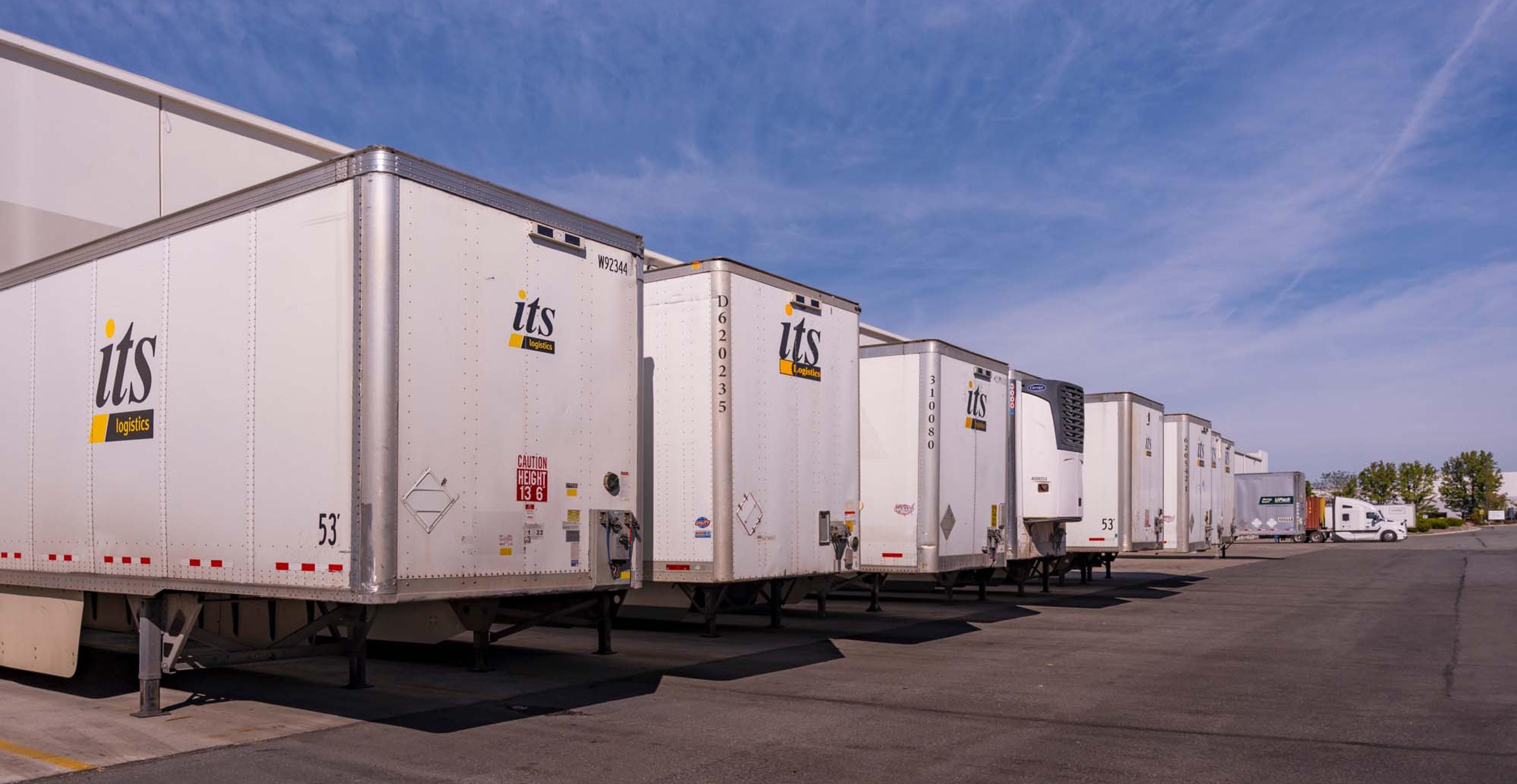
High inventory levels plague current state of supply chain
Domestic inventory levels in the United States are at an all-time high due to overstocking of pandemic-related items. These goods were ordered from overseas at a time when demand for them was high. Supply chain-related disruptions delayed the delivery of these goods and when they arrived, they were no longer wanted by customers. As the economy continues to shift, consumer buying behavior has pulled back in these areas and many retailers are now stuck with inventory in their distribution centers.
Extreme backlogs at US ports and a rise in prices has forced many firms to revamp their supply chains over the last two years. With the high levels of inventory brought stateside to guard against delays, demand for warehouse space hit record highs and forced development of new warehouses. Warehouse capacity has reached its limit across the United States, presenting a problem for any new inventory coming in from overseas.
The consumer shows up for holiday sales
This year’s Black Friday and Cyber Monday sales were especially crucial for those retailers looking to offload excess inventory. Countless shoppers participate in the two sales events. Meaning not only is there a chance to sell off excess goods, but there is also an auspicious opportunity to learn more about consumer sentiments going into the new year. A record 196.7 million people shopped over the Thanksgiving weekend, according the National Retail Federation (NRF), shattering expectations by more than 30 million.
According to Adobe Analytics, online Black Friday sales this year rose 2.3% to $9.1 billion and Cyber Monday sales jumping up 5.8% to $11.3 billion. Many shoppers returned to physical stores, which wasn’t always possible in 2020 and 2021. Reports show that 130 million people shopped online, a slight increase from 128 million in 2021. There were more than 52 million consumers globally who spent $7.5 billion on Shopify merchants, a 19% increase from 2021.
Shipping prices fall as consumer demand lessens
As pandemic-related disruptions snowballed throughout 2020, there was a sense of urgency to keep the world moving. Shipping rates spiked during this period as demand continued to rise. Spot market truck rates have begun to fall in recent months as high domestic inventory levels have significantly lowered demand for the movement of goods. Contracted freight tonnage fell 2.3% in October compared to September, marking the largest decline in three years according to the American Trucking Association.
Annual contract negotiations are in full swing for 2023 and rate reductions can be seen across the industry. Quite a few BCOs have already received significant drops in their long-term contract rates, a sharp contrast to 2022 with the drop in volume. For example, the average spot rate for the trans-Pacific westbound reached a peak of $9,681 (not including premiums up to $10,000) and is now an average of $1,912 today. The average long-term rate is around $6,413, but closer to $2,415 at the low end. The spread between the low end of the long-term market and the average of the long-term market has triggered negotiations mid-contract.
Global shipping volumes declined by 8% in September, according to Container Trade Statistics data. Analytics from Descartes Datamyne found that shipping container imports from China to the U.S. fell by 23% from August to October. These statistics come as a surprise for what is normally peak holiday import season, prior to the pandemic. Ocean volumes in 2023 are predicted by many in the industry to decrease by 10% or more.
Supply chain management across a segmented industry
The different segments of the supply chain have become disjointed with recent years’ volatility. Shippers have suffered from high annual ocean freight contracts and have been waiting for a correction to the inflated rates of the covid era. While significant contract reductions will and are now occurring, more volume has entered the spot market. With so much flux, buyers and sellers have built a rocky foundation and are looking to work with companies that they trust. To build a firm foundation going into 2023, it is important to have transparency across your supply chain and with your different partners.
With so little freight coming in overseas, retailers are liquidating now in order to relieve space in their distribution centers so that they can continue to put new products on the shelf for the consumer. 2023 will be based on correcting the disruptive years that we have had in 2021 and 2022. While we are heading into an uncertain market, it is important for logistics partners to be very mindful of savings on costs for shippers.
Why choose ITS Logistics as your trusted partner
At ITS Logistics, we focus on being a strategic partner with our customers. Our approach is not transactional, but we build a long-term relationship with you and your supply chain.



